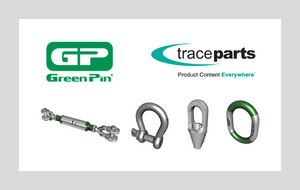

Refers to thin bladed features on a part that are used for strengthening wall sections and bosses. The direction in which the two custom injection mold halves will separate from the plastic part allowing it to be ejected without any obstructions from metal creating undercuts Pin used to actuate the slide on an automatic injection mold Refers to the portion of an automatic custom injection mold that keeps the slide in the forward position when the molding machine is closed on the mold They are manually removed from the mold during the part ejection process. Manually Trimmed Gates: Gates that require an operator to separate parts from runners during a secondary operationĪrea of the custom injection mold that holds the slide down so the cam can actuate itĪluminum or steel feature in a mold used to create undercuts in molded parts. Automatically Trimmed Gates: Gates that incorporate features in the tool to break or shear the gate as the molding tool is opened to eject the partĢ. Refers to where the plastic enters into the cavity of the mold. Generally all plastic components should be designed with draft where possible

Refers to portion of injection molding part that has some taper to make it easier to remove from the mold.

This portion of the part has no end use function other than lightening the part and reducing warp

Refers to the portion of a part that is gutted out in order to achieve uniform wall thickness. Refers to the side of the tool where the plastic part is injected from also known as the bottom half of the tool Refers to the upper half of the injection mold usually the show surface of the finished product but is mainly concave Refers to the round protrusions on plastic parts and molds (#2 in Figure 1 below)


 0 kommentar(er)
0 kommentar(er)
